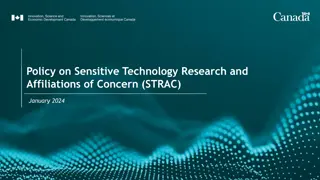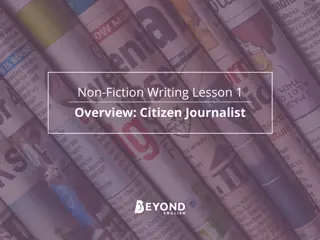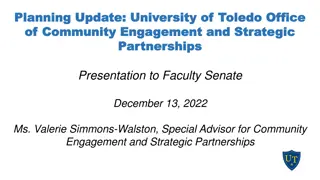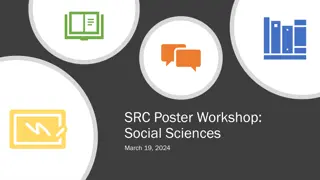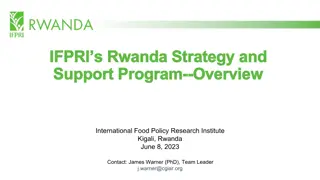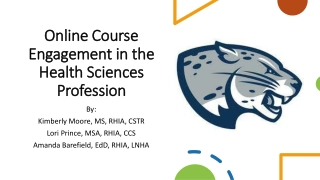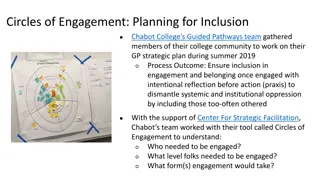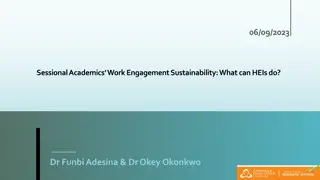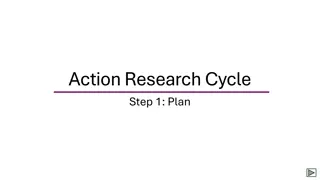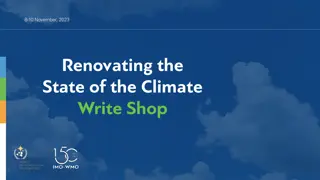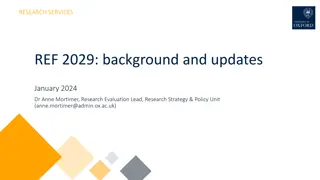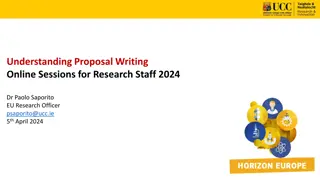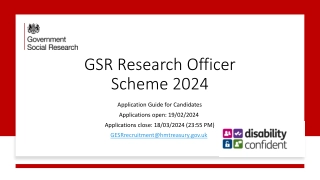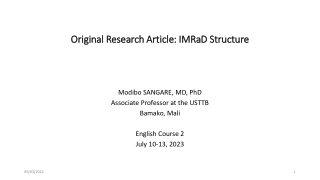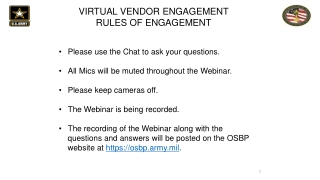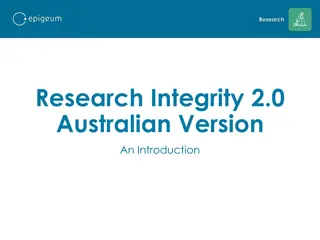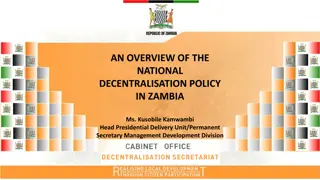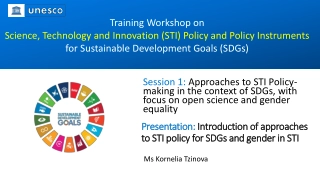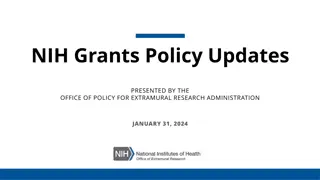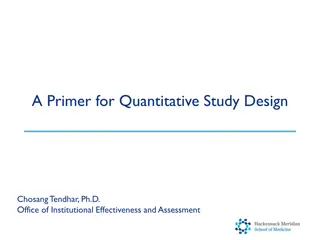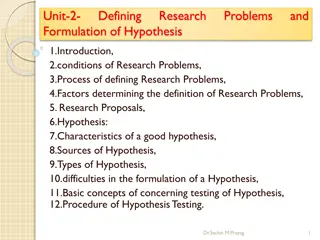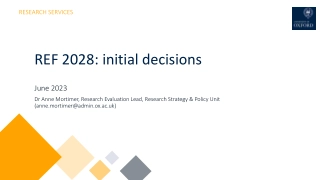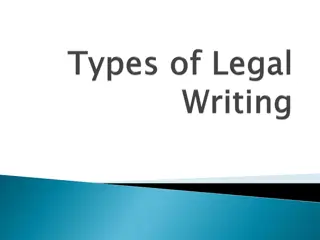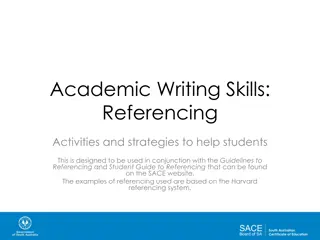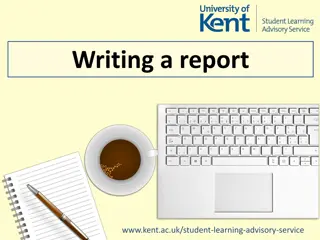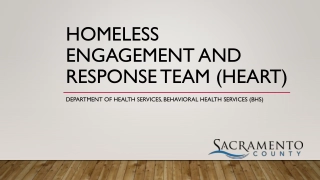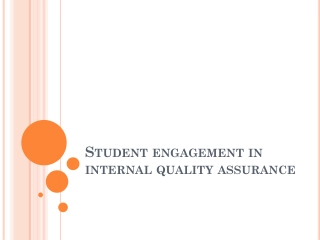Practical Guide to Writing Policy Briefs for Research Engagement with Policy Makers
Effective communication with policy makers is essential for influencing policy decisions. This practical guide offers advice on creating high-quality policy briefs based on research evidence, providing tools and indicators to measure impact.
Practical Guide to Writing Policy Briefs for Research Engagement with Policy Makers
PowerPoint presentation about 'Practical Guide to Writing Policy Briefs for Research Engagement with Policy Makers'. This presentation describes the topic on Effective communication with policy makers is essential for influencing policy decisions. This practical guide offers advice on creating high-quality policy briefs based on research evidence, providing tools and indicators to measure impact.. Download this presentation absolutely free.
Presentation Transcript
Research engagement with policy makers: a practical guide to writing policy briefs Dr. Paul Chadwick Deputy Director, CBC Co-Director, PRU Dr. Vivi Antonopoulou Research Fellow UCL, PRU This project is funded by the National Institute for Health Research (NIHR) [Policy Research Programme (Policy Research Unit in Behavioural Science PR-PRU1217-20501)]. The views expressed are those of the author(s) and not necessarily those of the NIHR or the Department of Health and Social Care
Overview 1.Background and goals of the guide 3.Content and unique features of the guide 4.Dissemination plan and next steps 2.Method of development
Why develop new guidance? Where is the gap? Effective communication with policy makers includes policy briefs for the purpose of impacting policy Policy briefs are brief summaries of research findings and offer policy options or recommendations for a particular policy issue https://imgs.xkcd.com/comics/scientific_briefing.png Not everyone has training in effectively translating their experience and scientific knowledge into policy terms Our guide summarises advice from different sources to support the creation of policy briefs that can impact political decision-making
What does this guide offer? How we developed the guide Scoping review of literature Synthesis into current guide Advice from specialists in policy impact Expert consultation with scientists involved in policy work PPI feedback
What does this guide offer? Goals of the guide This guide aims to help researchers to: Understand when and why they may consider producing a policy brief Know what features make a high-quality policy brief Have the tools to produce a high-quality policy brief based on research evidence Identify indicators to measure the impact of the brief
What does this guide offer? Content of the guide Characteristics of effective briefs How to write succinctly and persuasively Flexible menu of options for content
What does this guide offer? Process of developing policy briefs Nature of the policy cycle and needs of policy makers Policy The value of engagement and co-production with policy makers
What does this guide offer? From research to action Developing actionable recommendations
What does this guide offer? APEASE: Developing actionable recommendations Criterion Description To what extent will the recommendation be acceptable to key stakeholders? This includes policy makers, ministers, groups, potential funders, practitioner and relevant community and commercial groups affected by the recommendations Acceptability Can the recommendations be implemented at scale within the context and the available material and human resources? What would need to happen to ensure that the resources and personnel were in place to implement the recommendations within relevant timeframes and to deliver sustainable change? Practicability How effective will the recommendations be in achieving the policy objective(s)? How far will they reach the intended target group and how large an effect will they have on those who are reached? Effectiveness and cost-effectiveness Are the recommendations affordable within the context and resources available? Can the necessary budget be found for them? Will they provide a good return or investment? Affordability Are there any potential unintended adverse or beneficial outcomes of implementing the recommendations? Side-effects/safety To what extent will the recommendations increase or decrease differences between advantaged and disadvantaged sectors of society? Equity Adapted from West et al., 2019
What does this guide offer? From research to action Developing actionable recommendations Addressing when evidence is inconclusive
What does this guide offer? From research to action Developing actionable recommendations Addressing when evidence is inconclusive Dissemination and measuring impact of the brief
Dissemination and evaluation plan Evaluation Review Dissemination Publication, blog, digital postcards Follow ups for feedback Refinement Implementation of changes Workshops Monitor citations & downloads
Tips for writing policy briefs Tailor to your audience Make the brief accessible Have a clear dissemination plan Summarise evidence Provide a clear structure Incorporate public and patient involvement
Authors and acknowledgements Authors: Antonopoulou, V., Chadwick, P., McGee, O., Sniehotta, F.F., Lorencatto, F., Meyer, C., Lecouturier, J., O Donnell, A., Kelly M., & Michie, S. Acknowledgements: We would like to thank PRU colleagues: Graham, F., Grimani, A., Goffe, L. & Mei Yee Tang PRU PPI members: Edwards, S., Soulsby, I., Green, D., Kemp, C., Bryant, V., McKenzie, M. & Shah, S. We would also like to thank the UCL Public Policy Unit and the UCL Policy Impact Unit for providing useful resources and for reviewing the guide Anita Tibbs for admin support
Thank you Questions? For more info, please visit: https://osf.io/m25qp/ This project is funded by the National Institute for Health Research (NIHR) [Policy Research Programme (Policy Research Unit in Behavioural Science PR-PRU1217-20501)]. The views expressed are those of the author(s) and not necessarily those of the NIHR or the Department of Health and Social Care



